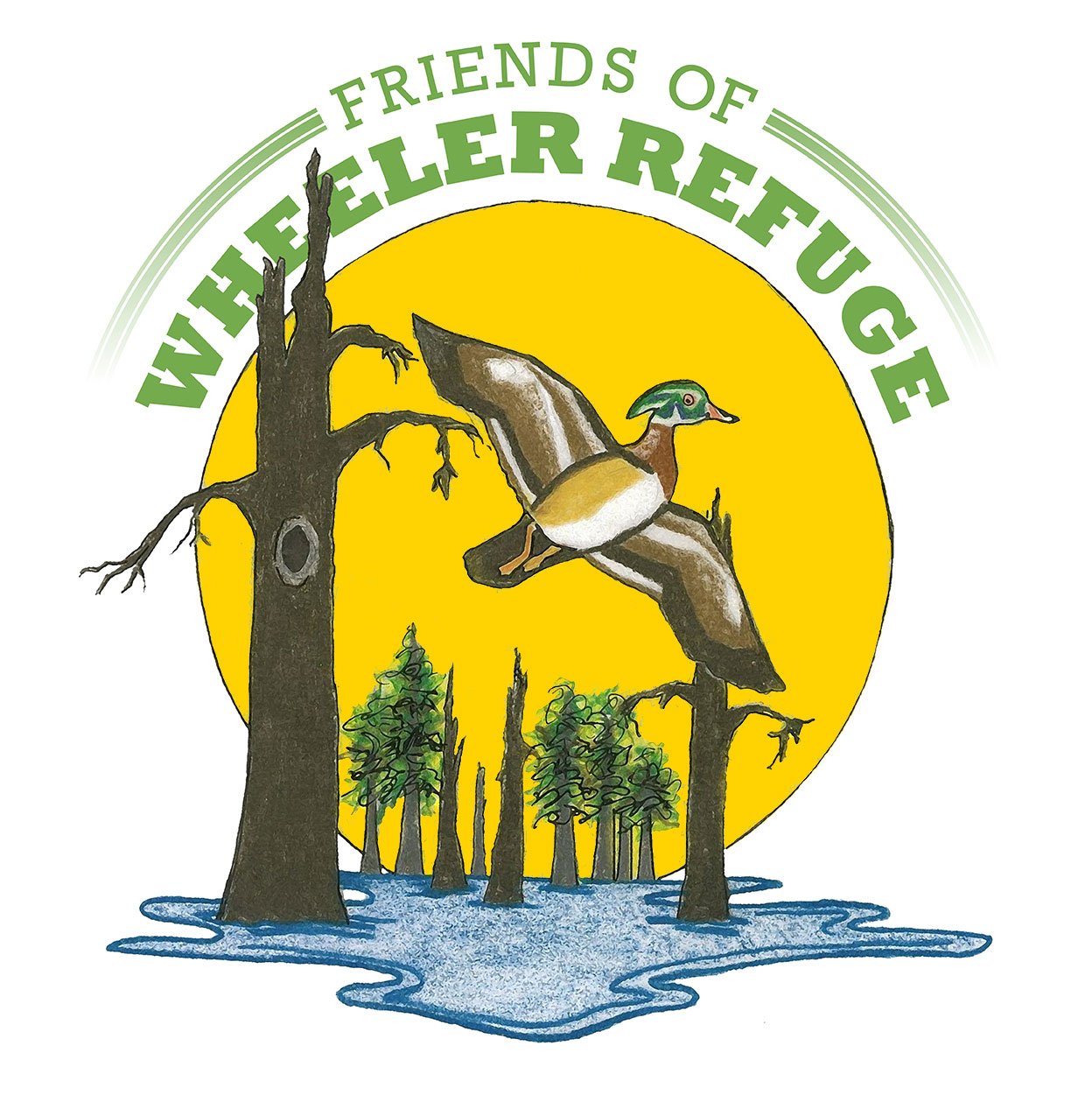Bee Balm, Bergamot
Bee Balm, Scarlet Bee-Balm, Oswego Tea, Bergamot Monarda didyma
Perfectly timed to light-up a 4th of July weekend and lead us into the explosion of hot, summer colors that follow, Bee Balm is a member of the mint family and shares the characteristic of so many other members (not all) in having a patch-forming, spreading growth habit.
In addition to the outstanding color and distinctive flower heads, leaves, young plant tips and flowers can be used raw or cooked for culinary accent. Oswego Indians (Oswego River district near Lake Ontario, Canada), taught colonists to make tea with it, and likely how to use it for other conditions - indigenous Americans throughout the Eastern US, use(d) this plant to treat fever and chills, headaches, sore throats, flatulence, nausea, vomiting, insect bites, bronchial congestion and as a sedative to promote restful sleep.
After the famous Boston Tea Party, the plant became widely substituted for teas imported from Europe, at least until after the American Revolution.
Bergamot alludes to its fragrance’ similarity to the aroma of the bergamot orange; bee balm comes from its popularity with bees, though these flowers are too long for all but the largest, longest-tongued bees (bumble bees) to access the nectar through the opening of the flower. Less well-equipped bees (or wasps) otherwise need to chew holes near the base to access that nectar - what some call “robbing” from the flower, as those individuals take that flowers’ sweet reward without offering up their return gift of pollination.
Probably best placed in gardens in full sun or partial shade with average to moist soils. In the wild this species is more frequently found in upper elevations of the piedmont within seeps, along streambanks and within wooded openings.
The genus name (Monarda) is in honor of Nicolas Monardes of Seville, Spain, who in 1569 published a massive text on the medicinal values of New World Plants. The species name, didyma, meaning “two parts” or “in pairs”, refers to the two stamens in each flower or the way its leaves are borne opposing one another along the stems.
This is a terrific hummingbird and butterfly nectar plant with many named selections for the garden available in the trade. These vary in intensity and shade of color (red to purplish, purplish-blue) and greater resistance to powdery mildew, a common fungal infection of many plants. Pictured are various cultivars whose names I’ve lost track of, but viewed in profile, all flowers remind me of a person with shaggy hair!
This plant may not be native to Alabama. It usually needs wet feet, and it might not like our normal two-month drought. It might be better to plant it near a water source or keep it watered and in a shaded or partly shaded area.
Courtesy of Mark Gormel
Senior Manager of Horticulture
Brandywine Conservancy & Museum of Art (Chadds Ford, Pennsylvania)




